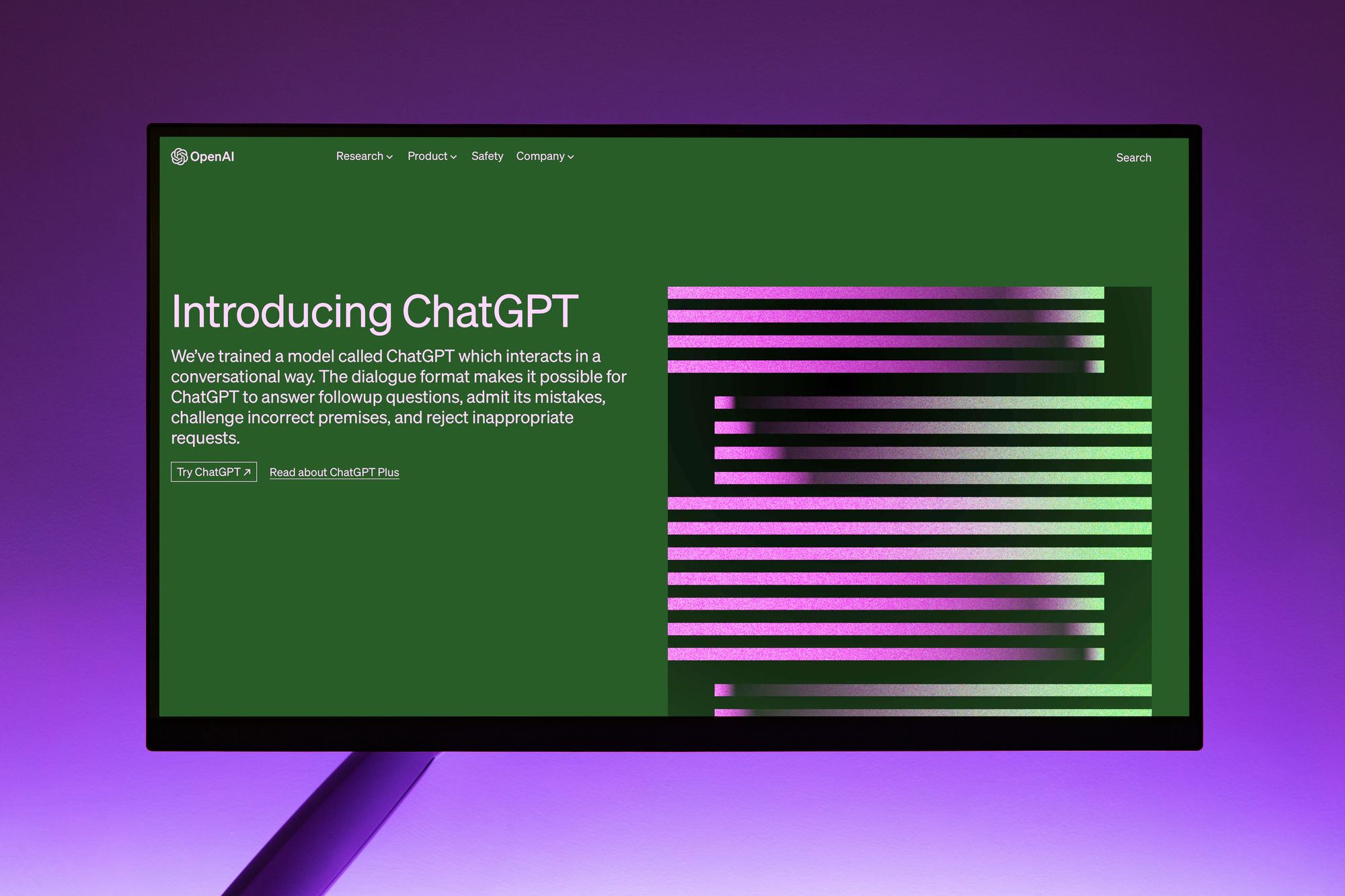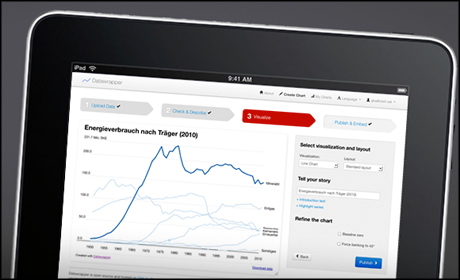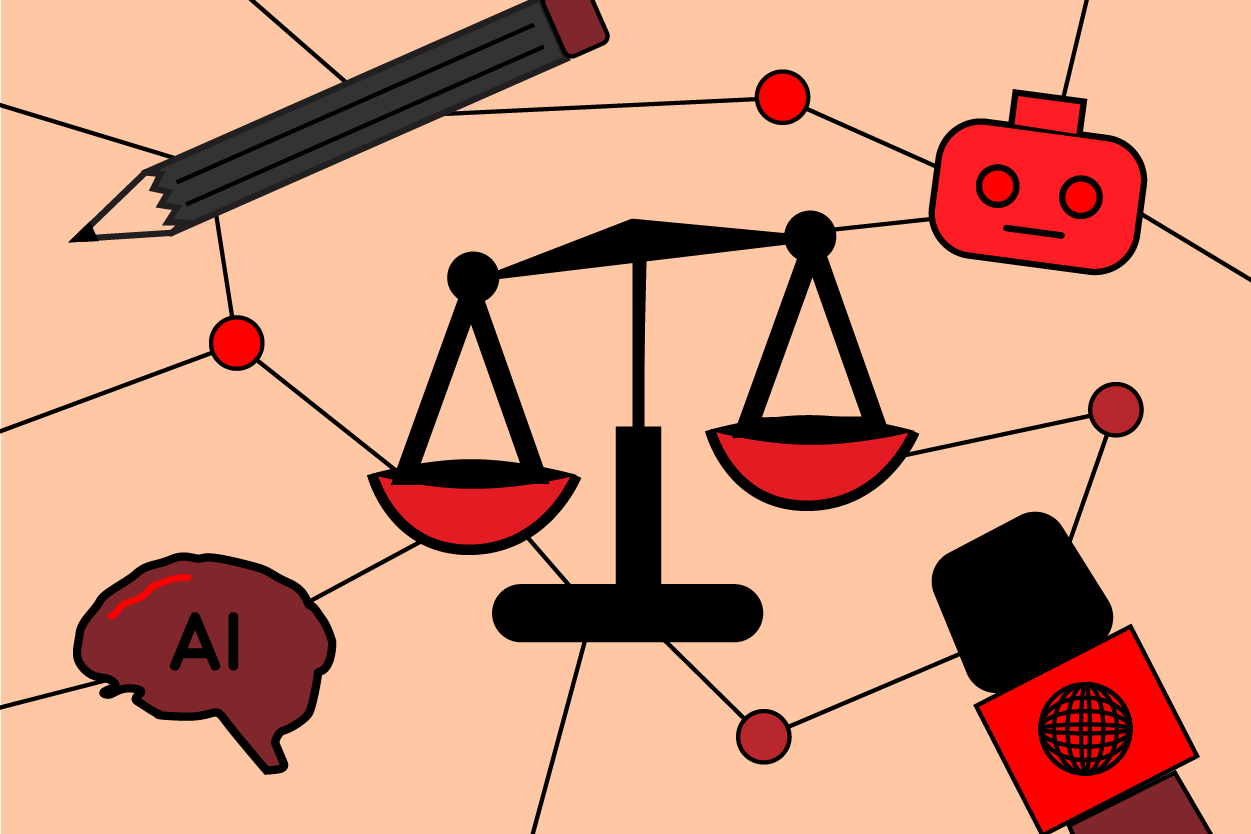Investigative journalism has long been a cornerstone of a free and democratic society, with journalists digging deep to uncover hidden truths, expose corruption, and hold power to account. As the digital age continues to transform the way we access and process information, artificial intelligence (AI) has emerged as a powerful tool to aid investigative journalists in their quest for truth and accuracy.
In this installment of our series on "The AI Newsroom Revolution," we will explore the various ways in which AI can be harnessed to enhance investigative journalism, focusing on data mining and pattern recognition, AI-assisted data visualization, AI-driven sentiment analysis, and uncovering hidden connections with AI.

Data Mining and Pattern Recognition for Story Discovery
Data is everywhere, and it holds the potential to reveal important stories and insights. AI-driven data mining and pattern recognition techniques can help investigative journalists sift through vast amounts of data to discover patterns, trends, and anomalies that may be indicative of potential stories. Some key applications of AI in this area include:
- Text mining: AI algorithms can analyze large volumes of textual data, such as government documents, emails, and news articles, to identify patterns and trends that may warrant further investigation.
- Social media analysis: AI-powered tools can comb through social media platforms to detect patterns of misinformation, uncover coordinated disinformation campaigns, or track the spread of specific narratives.
- Anomaly detection: AI-driven techniques can be employed to analyze datasets and identify unusual or unexpected occurrences, which may signal potential stories or areas of investigation.
AI-Assisted Data Visualization
Data visualization is a critical aspect of investigative journalism, as it helps make complex information more accessible and understandable to the public. AI-assisted data visualization tools can help journalists create more engaging and interactive visual representations of data, enhancing the overall impact of their stories. Some notable applications of AI in data visualization include:
- Automated chart creation: AI-driven tools can automatically generate charts and graphs based on the data provided, saving time and effort for journalists.
- Interactive visualizations: AI-powered systems can create dynamic visualizations that allow users to explore and interact with the data, facilitating a deeper understanding of the underlying story.
- Customizable visualizations: AI algorithms can tailor data visualizations based on user preferences, ensuring that the content is engaging and relevant to the target audience.

Uncovering Hidden Connections with AI
Investigative journalism often involves uncovering hidden connections between various entities, such as individuals, organizations, or events. AI-driven tools can help journalists analyze complex networks and relationships, revealing potential links and patterns that may warrant further investigation. Some key applications of AI in uncovering hidden connections include:
- Network analysis: AI algorithms can analyze connections between various entities within a network, such as social media connections, financial transactions, or communication records, to identify potential relationships of interest.
- Entity recognition and linking: AI-driven tools can automatically identify and link entities within textual data, such as names, organizations, and locations, enabling journalists to quickly understand the relationships between different actors and events.
- Cross-referencing data sources: AI-powered systems can cross-reference and analyze data from various sources to uncover hidden connections or patterns that may have otherwise gone unnoticed.
- Visualizing connections: AI-assisted tools can help journalists create visual representations of complex networks and relationships, making it easier for them to understand and communicate the connections they uncover.
AI has the potential to significantly enhance the field of investigative journalism by enabling journalists to discover stories hidden within vast amounts of data, create engaging and interactive visualizations, track and analyze public sentiment, and uncover hidden connections between various entities. By embracing these technologies and addressing the associated challenges, investigative journalists can stay ahead of the curve and continue to play a vital role in safeguarding our democratic institutions and upholding the public's right to know.





